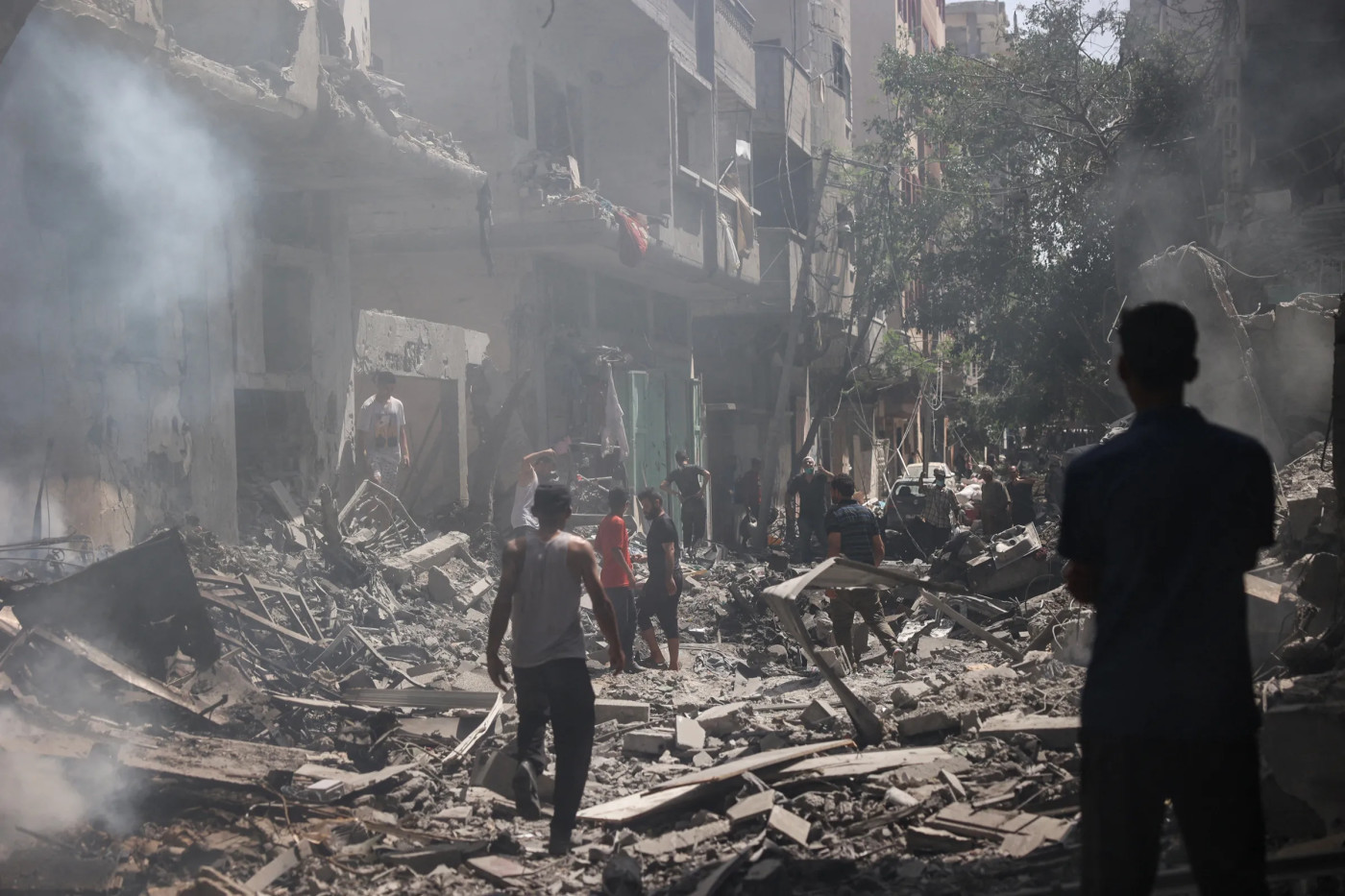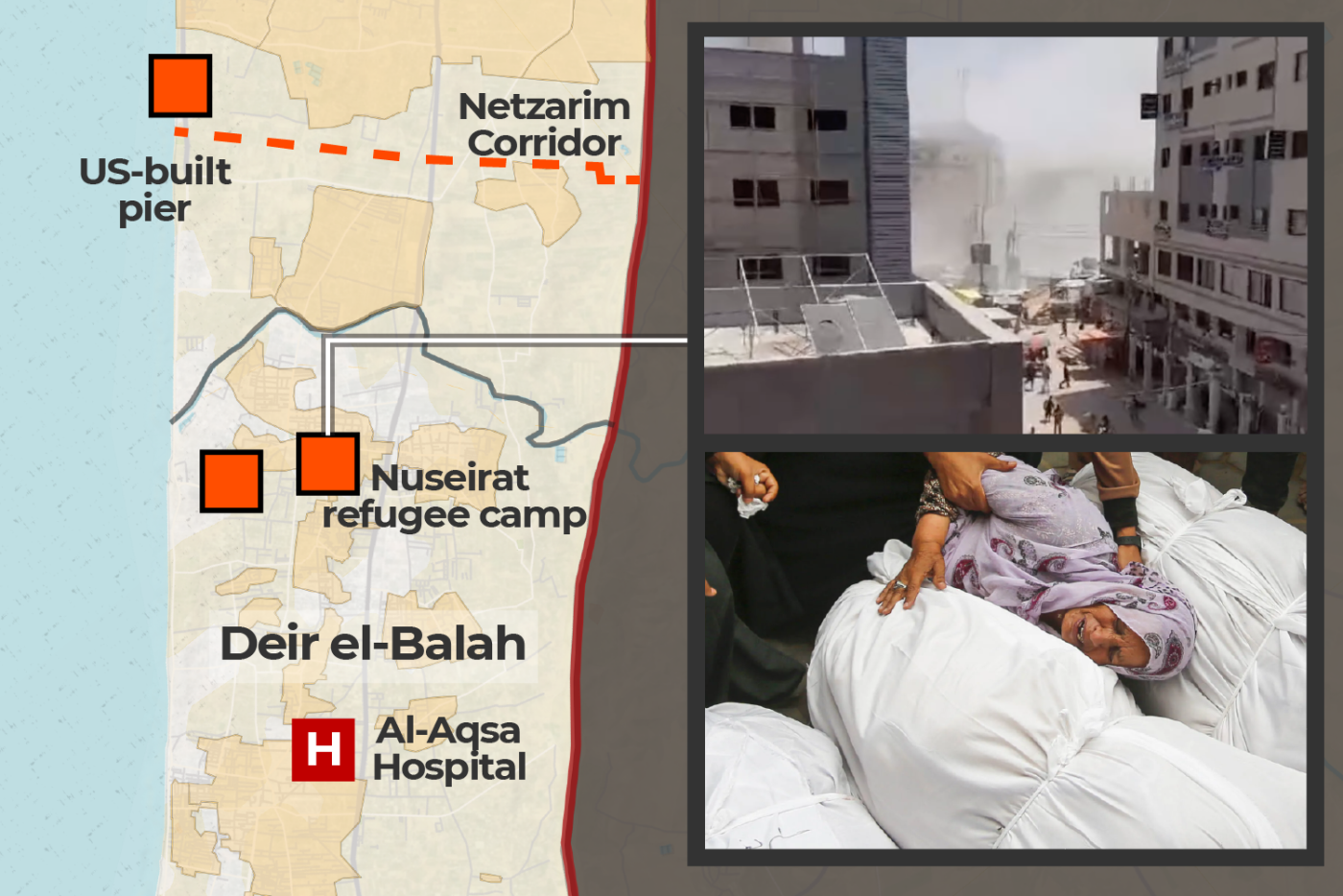Latest Su-57 Attack Shows Russian Struggles With Drone Warfare
After Ukraine confirmed its drones hit at least two ultra-modern Russian Su-57 fighter jets stationed at an air base far from the front lines, more questions about the effectiveness of Russia's air defenses have emerged.
The strike damaged at least two Su-57 jets, the first known instance of Ukraine targeting Russia's most advanced aircraft. It happened around 365 miles from the current front lines in eastern Ukraine, according to Kyiv's GUR military intelligence agency.
Russian military Telegram channels, often used to report losses when Moscow is silent, confirmed the damage. They noted that three small unmanned aerial vehicles (UAVs) hit their targets, with two damaging the stealth fighters.
"For what reasons the air defense did not work, I will not write. Let the majors deal with the reasons and how it happened," wrote the influential Russian military blogger known as Fighterbomber. "The only rebuff the UAVs faced was a detachment that shot two magazines at them, and then spent the whole morning collecting cartridges around the airfield," he added.
Aleksandr Kharchenko, a correspondent for Russia's state-run RIA news agency, blasted the lack of hangars to shield the jets from such attacks. "It is inexcusable that our most sophisticated jets are left exposed on the tarmac," he wrote on his Telegram channel.
Moscow's commanders are reportedly struggling with Ukraine's technological edge in asymmetrical warfare. Last week, the Institute for the Study of War (ISW) noted that "select Russian military commentators continue to complain about superior Ukrainian drone and electronic warfare (EW) capabilities on the battlefield."
Some Russian military bloggers lamented Ukraine's "radical advantage in the number of not only the drones themselves, but also the number of operators," as well as the more advanced "organizational drone structures" of Kyiv's forces versus their Russian enemies.
'Russian defense systems are poorly adapted'
Similarly, a detailed report by Prof. Sergey Makarenko from St. Petersburg Electrotechnical University, published last year, revealed that modern Russian air defense systems are poorly adapted to combat the drone swarms that have become a calling card of Ukraine's military. These systems, designed to form a tactical shield capable of defeating jets, helicopters, cruise missiles, as well as drones, are falling short.
The report said that it is "practically impossible" to hit small drones with existing systems like the Pantsir-S1, which combines guns and missiles on a heavy eight-wheeled truck, and the Tunguska, which also combines cannons with missiles.
Even the latest tracked Tor system, with eight vertically-fired, radar-guided missiles, struggles with detecting and tracking these small, slow-moving targets. A basic problem, according to Makarenko, is that Russian tactical radars are not designed to track such targets.
"The results of field tests showed that the target detection radar of the Tor air defense system provides detection of small UAVs at ranges of only 3-4 km," Makarenko. wrote in his report.
Russia's electronic warfare capabilities also have limitations. While they can disrupt drone communications, the method is not foolproof. Ukrainian drones often operate using pre-programmed routes or employ sophisticated countermeasures against jamming.
These factors leave Moscow struggling to counter the diverse and agile drone threats posed by Ukrainian forces, with reports indicating that the severity of the drone threat has led some Russian soldiers to seek shotguns, with pleas for citizens to send firearms to the frontlines to counter the daily drone barrage.
This year, facing struggles on the battlefield, Ukraine has significantly escalated its drone offensive, targeting critical infrastructure and military assets deep within Russian territory. Ukrainian forces have conducted some of the largest series of drone strikes to date, including a notable attack on April 5 that targeted multiple Russian airbases.
Disclaimer: The copyright of this article belongs to the original author. Reposting this article is solely for the purpose of information dissemination and does not constitute any investment advice. If there is any infringement, please contact us immediately. We will make corrections or deletions as necessary. Thank you.

